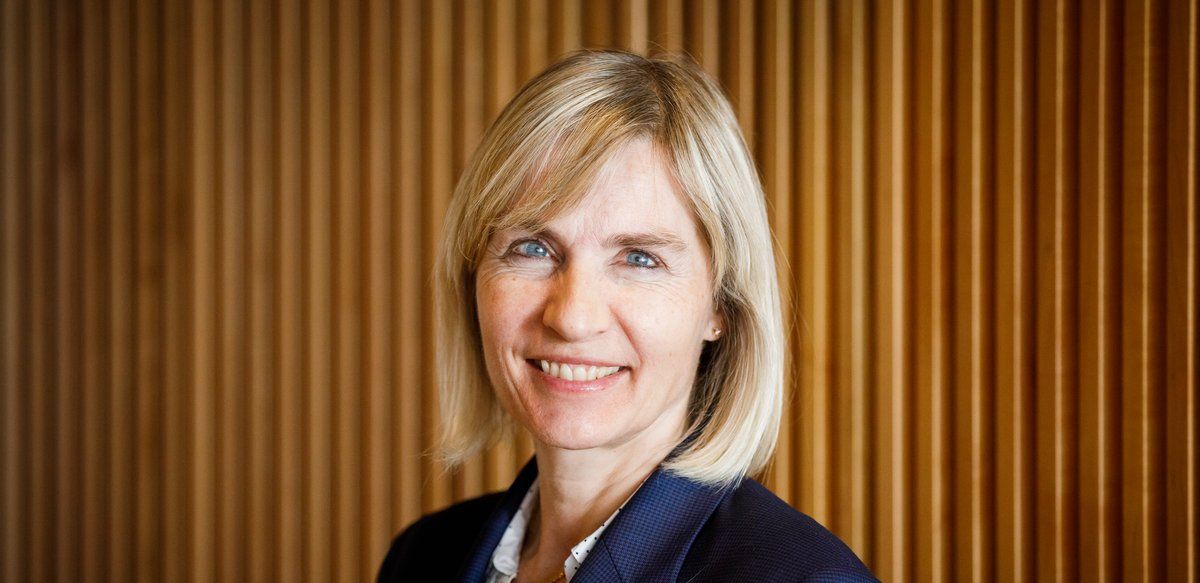Gitte Moos Knudsen

Gitte Mos Knudsen is Chief neurologist at Dept of Neurology and chairman at the Neurobiology Research Unit at Rigshospitalet. She is also professor in Clinical Neurobiology at the Univ. Copenhagen. She is a translational neurobiologist and clinical neurologist; her research aims to answer pertinent and basic questions regarding human brain disease mechanisms and predict brain responses to neuromodulatory interventions. For this purpose, they use PET brain scanning to image brain receptors and receptor occupancy, and fMRI to evaluate drug effects on the brain hemodynamic response as well as the brains regional interactions, i.e., functional connectivity. In their precision medicine alliance BrainDrugs they aim to identify which features can form a basis for decisions regarding the right treatment for the right patient with either major depressive disorder or epilepsy.
Neuroimaging of classical psychedelics
Classical psychedelics are characterized by exerting their psychedelic effects through stimulation of the brain’s 5-HT2A receptors. We have established the relationship between plasma drug concentration (or dose), brain 5-HT2A receptor occupancy and subjective intensity of the psychedelic experience by means of PET for psilocin, LSD, and the antagonist ketanserin. The data show that the classical psychedelics are able to potently block the brain’s 5-HT2A receptors, and with inhibition constants close to what can be expected from in vitro data. They also support that a brain occupancy in the order of about 60% is required to generate a substantial psychedelic experience. The question as to how the classical psychedelics can provide lasting improvements in mood and personality is particularly intriguing. We have found that the synaptic plasticity in terms of SV2A brain binding can be modified, suggesting an interaction between neuroplasticity one week after the psychedelic session with psilocybin and the setting, where being in an MR-environment during the acute phase is adversely affecting neuroplasticity.